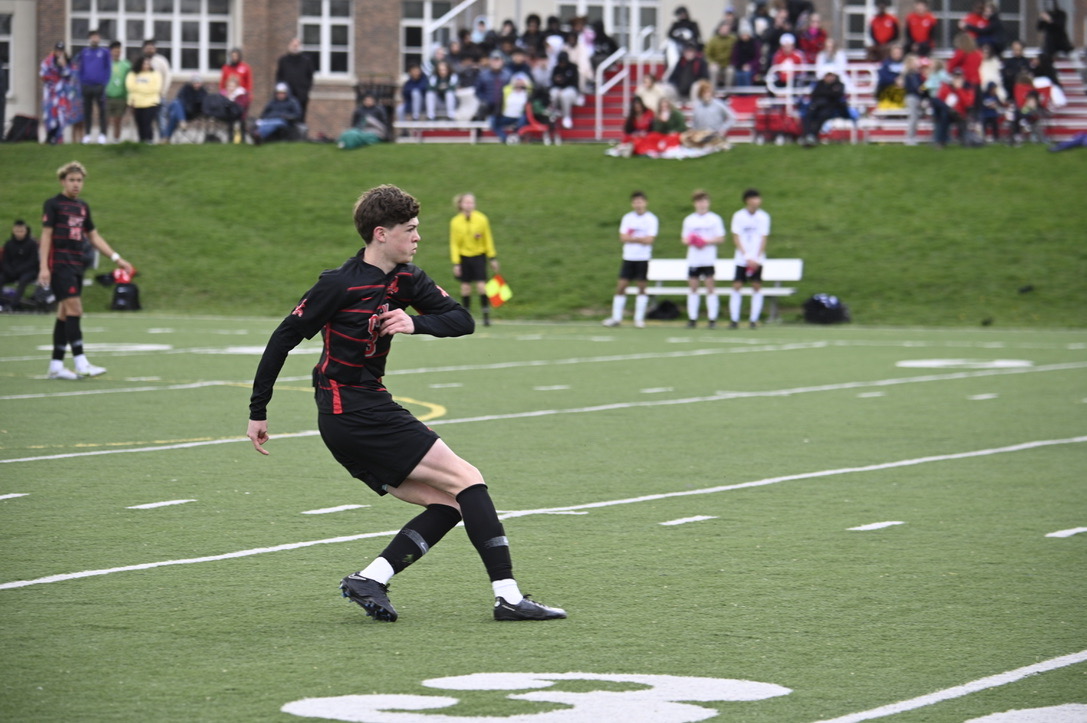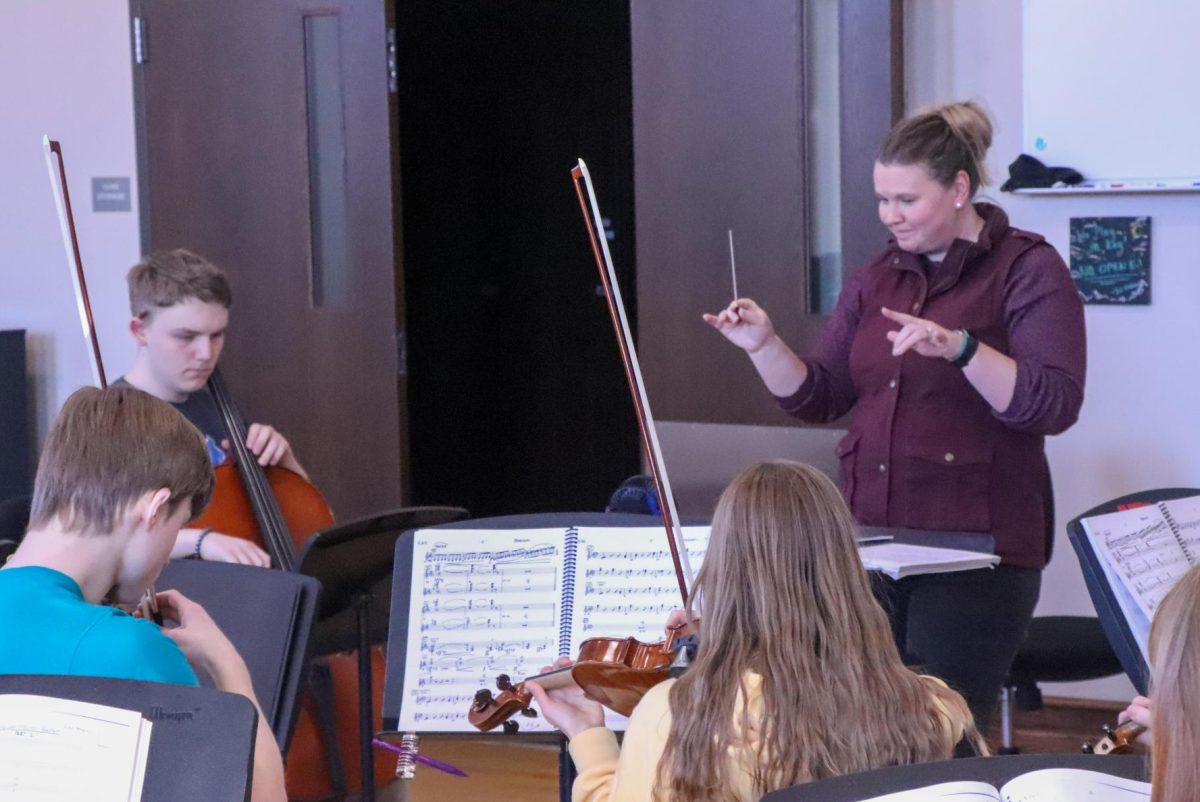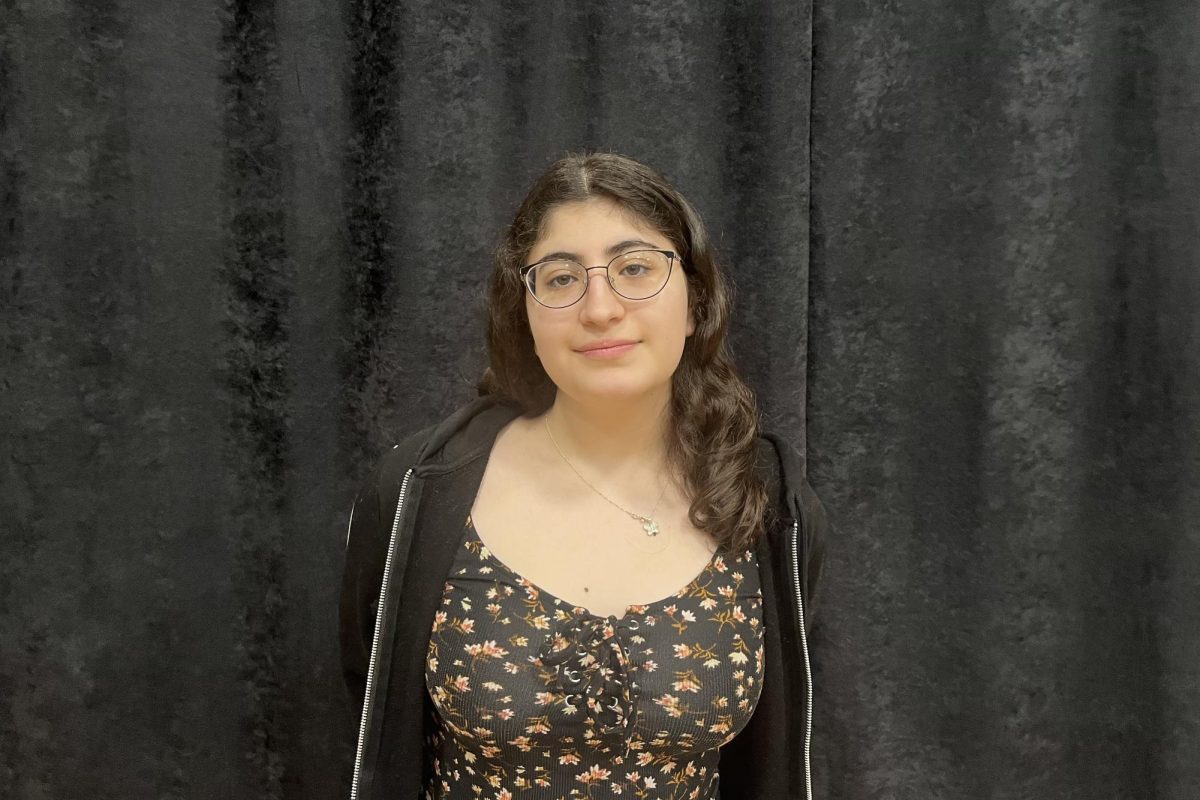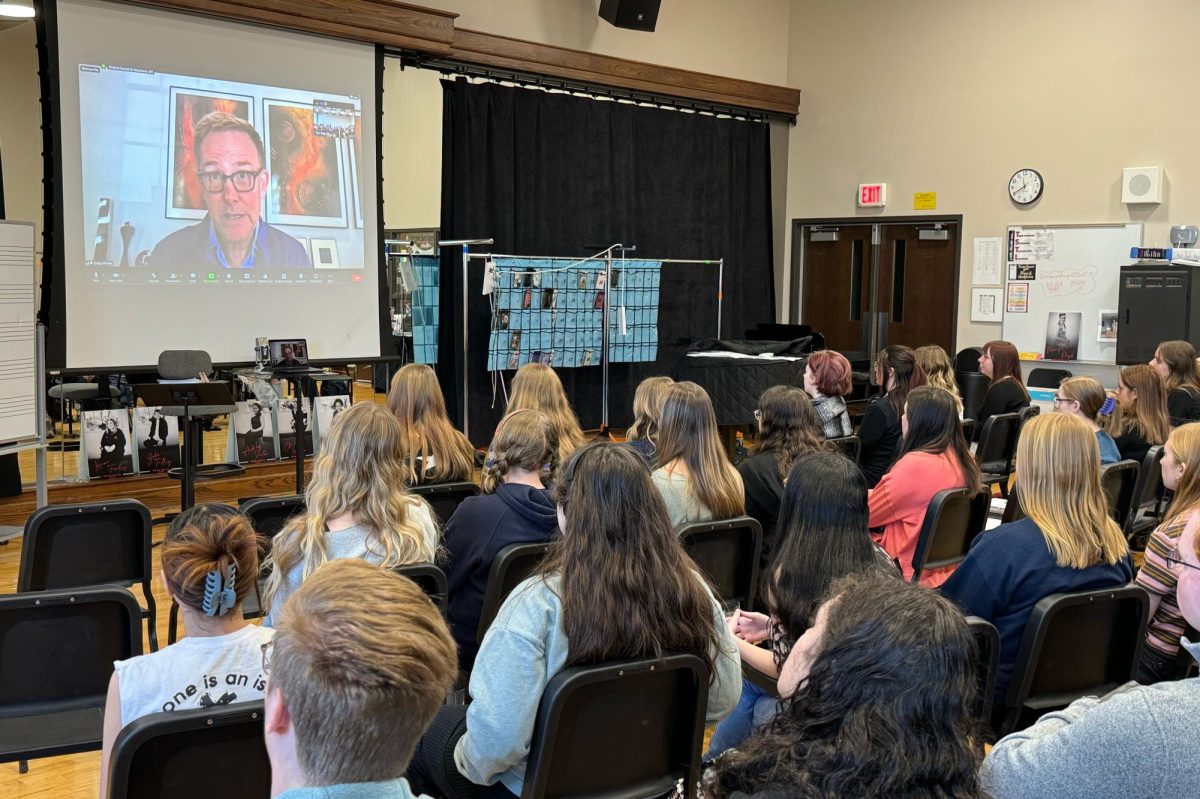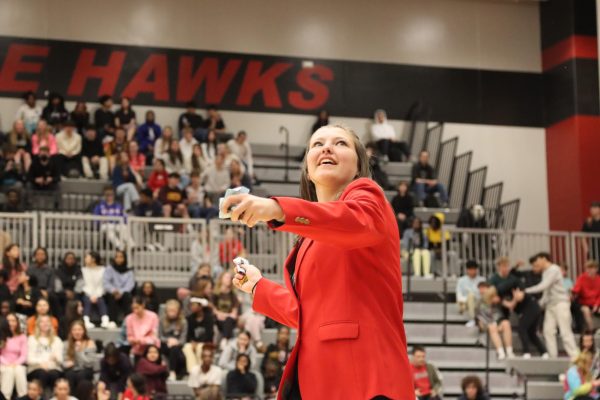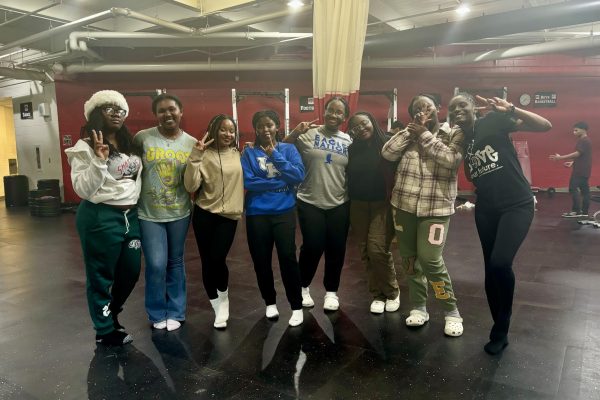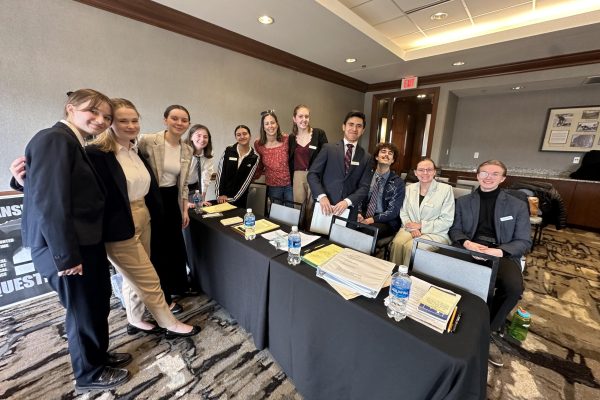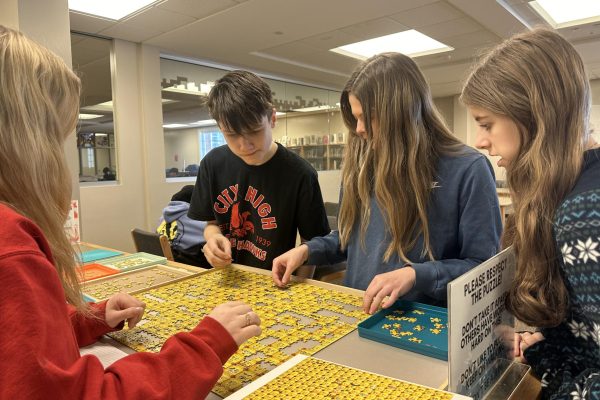Library Book Orders
Infographic by Emme Perencevich
April 1, 2019
About every two months, huge parcels of new books arrive at the City High library. In January, the library received 75 new books as well as 110 back in November.
“When we start getting those boxes of books, it’s so exciting,” librarian Daphne Foreman said. “I can’t wait to get them out on the shelves.”
There are a couple of different ways the librarians choose what books to buy. One way is for them to talk with other school librarians within the district, but they also use online resources.
“We use professional school library journals that give us just a ton of reviews from other professionals about books that are recently published or about to be published,” librarian Elizabeth Schau said. “They talk about guideline grade levels; nothing’s ever set in stone, but it kind of gives you target age ranges, which are sometimes different than what the publisher suggests.”
These library journals come out every month, and are a very valuable resource for the librarians.
“We scour [them]; we read all of the entries for the recommended books,” Foreman said. “We look at the stars or preferred, the excellent, highly rated, even must-haves for libraries, and then we decided [on] those…given what else we know about our collection [of books].”
Additionally, staff members as well as students can request books for the library to order. There is a suggestion link on the library homepage where anyone can suggest a title for the librarians to look into.
“It’s helpful to see what we’re missing,” Schau said. “[Students] are the active users of the collection and so it’s really good to get their feedback.”
The process of putting an order together takes Schau and Foreman about a week, both of them working on it for a couple of hours a day.
“It’s pretty intense reading about [possible book choices] and talking about them,” Foreman said.
“It takes a few days pretty solidly.”
Some books are easy for them to choose, like a certain fiction book that they both think would be a great fit, but others are harder. One issue is particular revolves around nonfiction books.
“It’s hard for libraries now to know exactly what [nonfiction books] to order in book form and what to point to students to online,” Foreman said.
Issues like social policy, capital punishment, or immigration policy are constantly changing.
“Is it better to have books on that which become dated pretty quickly, or to point people to online articles, databases, and essays?” Foreman asked. “We’ll have lots of discussions about what’s going to be timeless enough to purchase in book form.”
When the books arrive, both librarians are excited.
“We basically want to read every book,” Schau said. “I mean, if you read a review and chose the book because you think it would be a good book that speaks to any student, then chances are you want to read it too.”
While Schau does not have time to read while she is at City, she tries to read every day during her off time. This means that she is constantly looking for new books to read.
“I always tell students when they take something, ‘Please tell me about that book,’” Schau said.
While ordering books is one part of the librarians’ jobs, they also have to keep the library running on a day-to-day basis.
“I would say that [ordering new materials] is the part of the job that is easiest to put off because you are handling the here and now. That’s why we have the every-two-months thing to remind us that we need to get an order in,” Schau said.
This school year, the library can order around 300 more books, so the librarians are planning on ordering new books in March and at the end of April.
“I’m really grateful that we are able to purchase so much throughout the year, and I just love it when I see kids come again and again,” Foreman said.
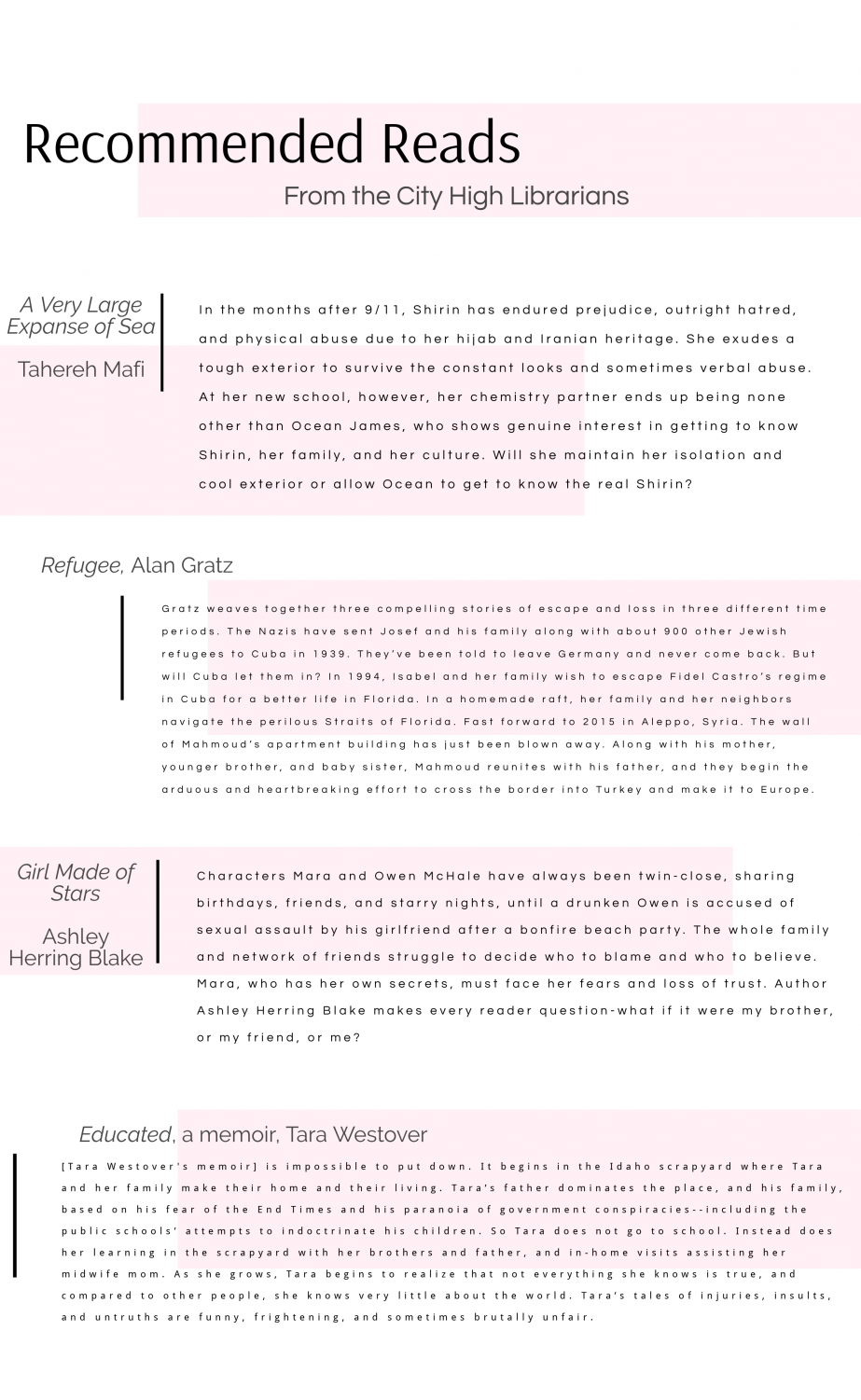
Librarians’ Recommended Reads 2019










